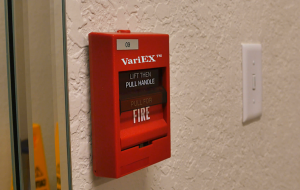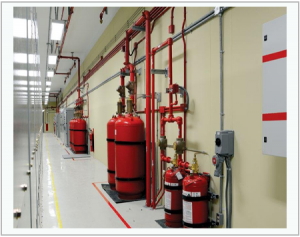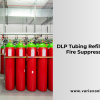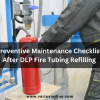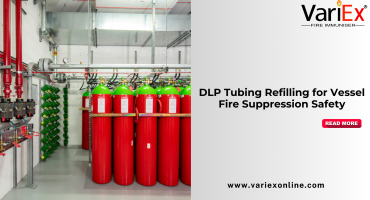![]()
Fire Immuniser
+91-7829629111
Email: info@variex.in
Varistor Technologies Pvt. Ltd.
Block-1, First Floor, Ardente Office One, Hoodi Circle, ITPL Main Road, Bengaluru, Karnataka 560048, IN
Understand How Fire Fighting System Works
Frequently Asked Questions
A fire fighting system is a collection of equipment and procedures designed to detect, suppress, and mitigate fires in buildings and facilities. It is essential for protecting lives, property, and assets from the destructive effects of fires.
The main components include fire detection systems (smoke detectors, heat detectors), fire alarm systems, fire suppression systems (sprinklers, gaseous suppression systems), fire extinguishers, and passive fire protection measures (fire-resistant doors, walls).
Fire detection systems use sensors to detect the presence of fire, smoke, or heat in a building. When a fire is detected, the system activates alarms to alert occupants and initiates suppression measures.
Fire suppression systems are designed to extinguish various types of fires, including Class A (ordinary combustibles), Class B (flammable liquids and gases), and Class C (electrical fires).
Fire fighting systems should undergo regular inspections, testing, and maintenance as per manufacturer recommendations and regulatory requirements. This ensures their proper functioning in the event of a fire emergency.
Final Say
We at VariEx.in or Variexonline.com have mastered the art of designing, installing, inspecting, and fixing automatic sprinkler systems with the help of our in-house team, which is capable of delivering the fire sprinkler services you need, whether large or small and at affordable cost.
To schedule a fire sprinkler installation, or you think our services could benefit your commercial property, contact us online or give us a call at, 7829629111
"WHAT YOU CAN READ NEXT"
 Read more +24 November 2023 in Fire Extinguisher
Read more +24 November 2023 in Fire ExtinguisherWhat types of fire extinguishers are available for different fire classes?
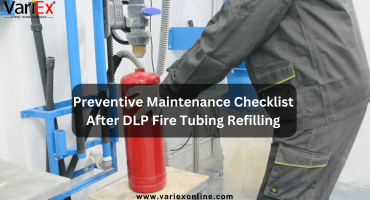 Read more +11 July 2025 in Fire Suppression
Read more +11 July 2025 in Fire Suppression

